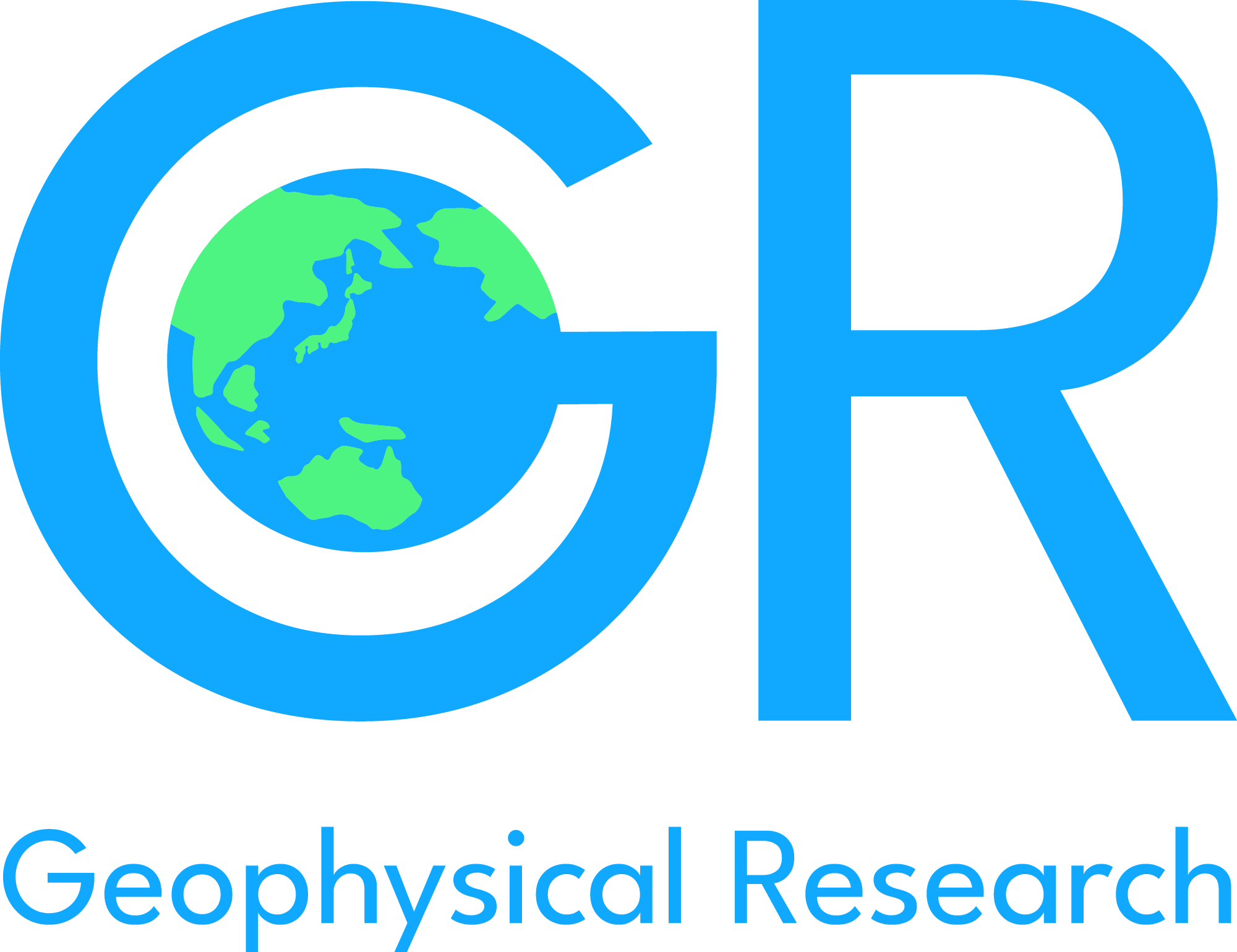The Bathymetric Effect and Epilimnetic Turbidity in a Glacier-Fed Hydroelectric Reservoir
Abstract
Turbidity limits light availability in many glacier-fed lakes and reservoirs, with far-reaching ecological consequences. We use field observations and hydrodynamic modelling in conjunction with 46 years of hydrological data to examine the physical processes affecting turbidity in the epilimnion (surface layer) of glacier-fed Carpenter Reservoir, British Columbia, Canada. We analyze responses to changes in reservoir operations (e.g. water level, inflows and withdrawals), and to natural processes (e.g. particle settling, internal seiching and wind-driven upwelling). The combination of cold inflows and deep outlets leads to plunging inflows and the isolation of the epilimnion. This isolation, along with particle settling, results in a remarkable clearing of the epilimnion during summer.
As the reservoir fills in spring, there is a net inflow to the hypolimnion (lower layer), which displaces the epilimnion upwards and causes the epilimnion to thin as it spreads over an increased area. As the epilimnion thins, it becomes progressively more vulnerable to wind events until a wind event occurs that is strong enough to upwell water from the metalimnion (the intermediate layer between the epilimnion and the hypolimnion) into the epilimnion, thereby increasing the thickness of the epilimnion. If the wind stops and the inflow persists, the epilimnion will begin to thin again until the next significant wind event. This process, known as the bathymetric effect, typically repeats itself several times during spring freshet and provides an indirect path for the transport of high turbidity inflows into the epilimnion of Carpenter Reservoir. We introduce the bathymetric inflow parameter, IB , representing the balance between particle settling from the epilimnion and the upward transport of turbid water into the epilimnion. We find that IB during spring controls epilimnetic turbidity at the beginning of summer, which, in turn, is the primary determinant of turbidity and light penetration for the rest of the summer.
Keywords: Physical Limnology, Turbidity, Glacial Inflow, Bathymetric Effect
How to Cite:
Robb, D. M., Pieters, R. & Lawrence, G. A., (2025) “The Bathymetric Effect and Epilimnetic Turbidity in a Glacier-Fed Hydroelectric Reservoir”, ARC Geophysical Research (1), 6. doi: https://doi.org/10.5149/ARC-GR.1365
Downloads:
Download PDF
View PDF
Funding
- Name
- BC Hydro
- Name
- Natural Sciences and Engineering Research Council of Canada
588 Views
106 Downloads
